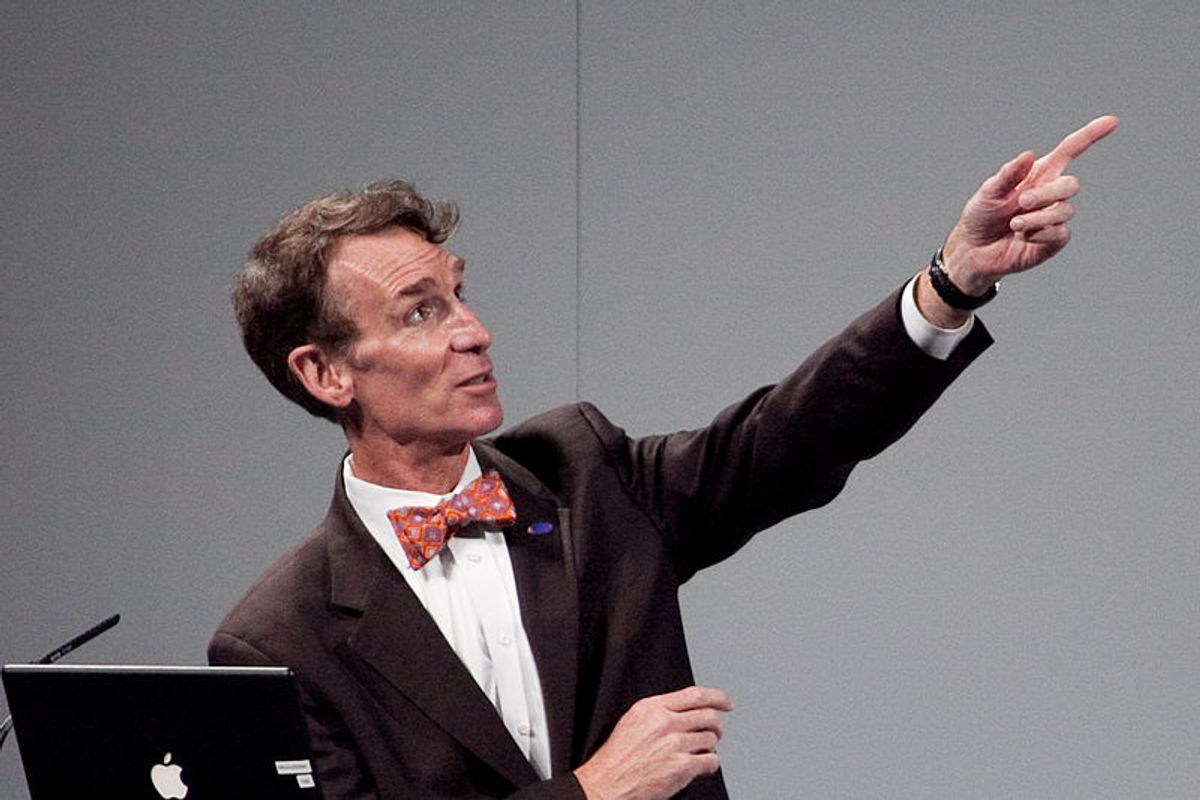American innovation took another hit yesterday, when the Obama administration announced its 2015 budget proposal for NASA. The very best the space agency can now hope for in the upcoming fiscal year is more of the same. (Actually slightly less: It drops from $17.6 billion to $17.5 billion for FY 2015.)
The good news is that despite receiving no increase in funds NASA seems almost optimistic -- at the very least they're putting on a brave face. "This budget keeps us on the same, steady path we have been following – a stepping stone approach to send humans to Mars in the 2030s," said NASA administrator Charles Bolden in a statement made yesterday post-budget announcement.
Before blasting off to Mars, though, the space administration hopes to land on a nearby asteroid by 2025 and, according to USA Today, is allocating the funds to do so. NASA's 2015 budget proposal includes $133 million for a mission that would allow astronauts to practice landing on an asteroid that had been diverted into "near-earth" orbit.
However, buried below the exciting details about landing a spaceship on an asteroid in the next 11 years was the sad reality that we no longer have a shuttle program to get our astronauts up there — it ended in 2011. The budget proposal hopes to remedy this, but commercially. "The budget supports the administration’s commitment that NASA be a catalyst for the growth of a vibrant American commercial space industry, and keeps us on target to launch American astronauts from right here in the USA by 2017." That's right, we are now relying on other countries or private industry to get our own astronauts in space.
Other cuts, as reported by Slate, include cuts to Earth science ($56 million), which could mean fewer missions to explore our own changing planet — missions that have done much to assist in monitoring climate change. Planetary science, meanwhile, is seeing whopping $65 million in cuts. The news will no doubt disappoint Bill Nye, who released a video plea last year to keep funding for the program. Perhaps worst of all: Education funding will be cut by 24 percent, bringing it down to $89 million. If there's one surefire way to cut our innovative nose off despite our face, it is slashing education for future engineers, astrophysicists and astronauts.
Meanwhile other countries move steadily ahead with their space programs -- and at a fraction of the price. Last month, the New York Times reported that India had launched a spacecraft to Mars for almost nine times less than one launched by NASA just days later. India spent just $75 million -- or $25 million less than what was spent on the movie "Gravity." While it is important to note that India's craft has five fewer instruments on board than NASA's Maven, the feat is still impressive. “By excelling in getting so much out of so little, we are establishing ourselves as the most cost-effective center globewide for a variety of advanced technologies,” Indian aerospace scientist Roddam Narasimha told the Times.
Budget is also an issue in India, a nation wracked with poverty, but Narasimha put it this way: "My guess is that even the poorest Indians will happily forgo their chai to be able to see their country send a rocket all the way to Mars."
Along with bolstering innovation along economic and business growth, space exploration expands discovery. Bill Nye explained, "Supporting a robust space program raises everyone's expectations of what's possible."

Shares